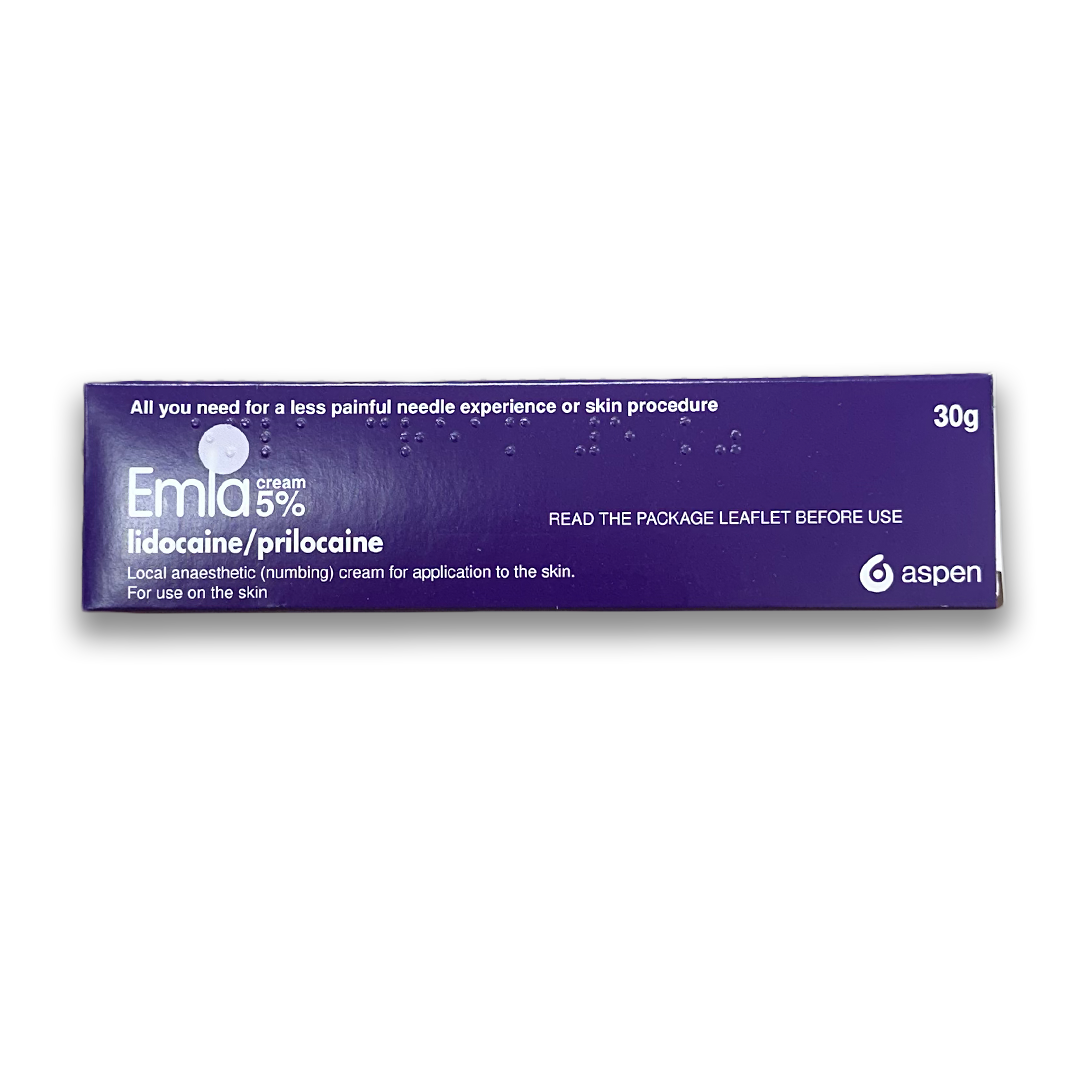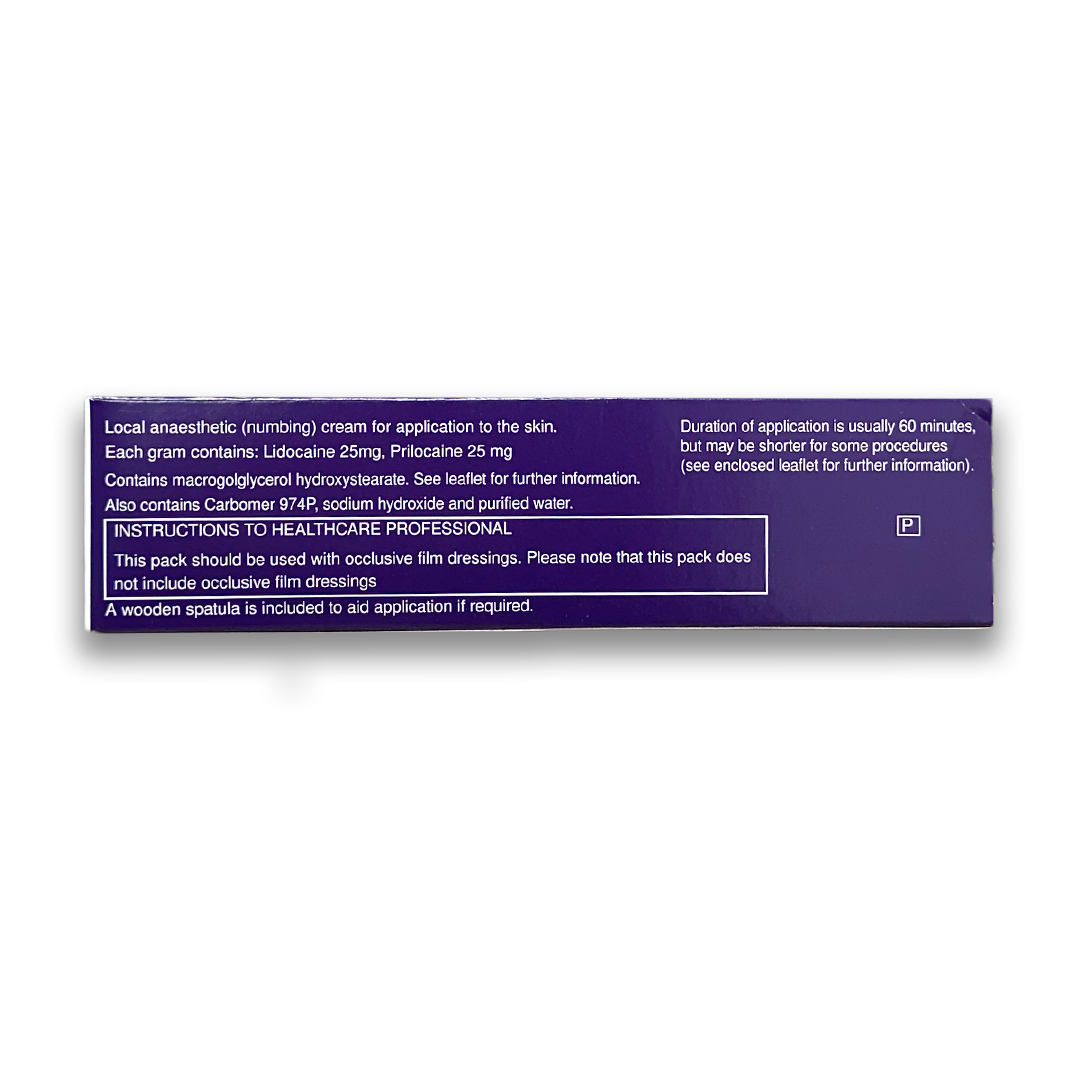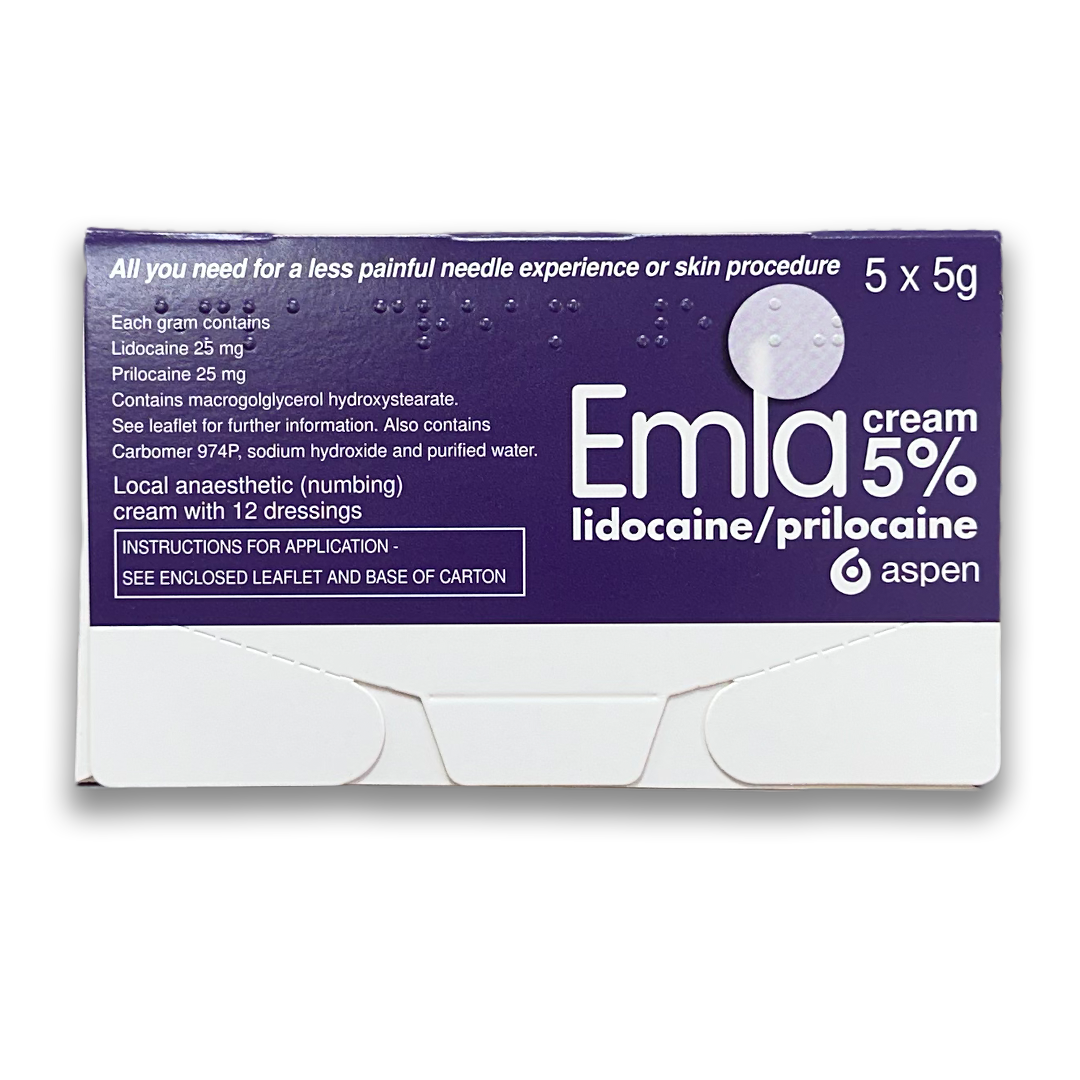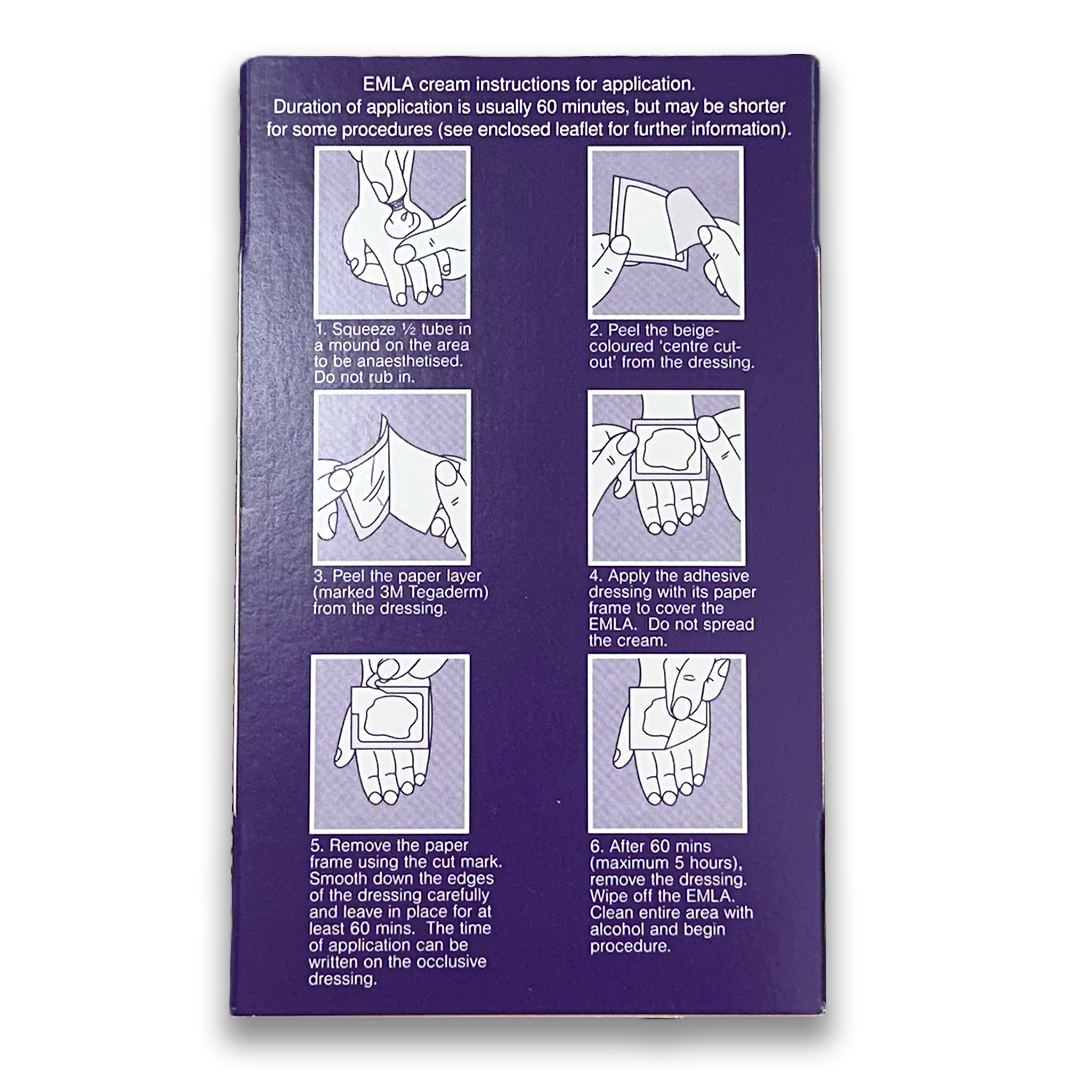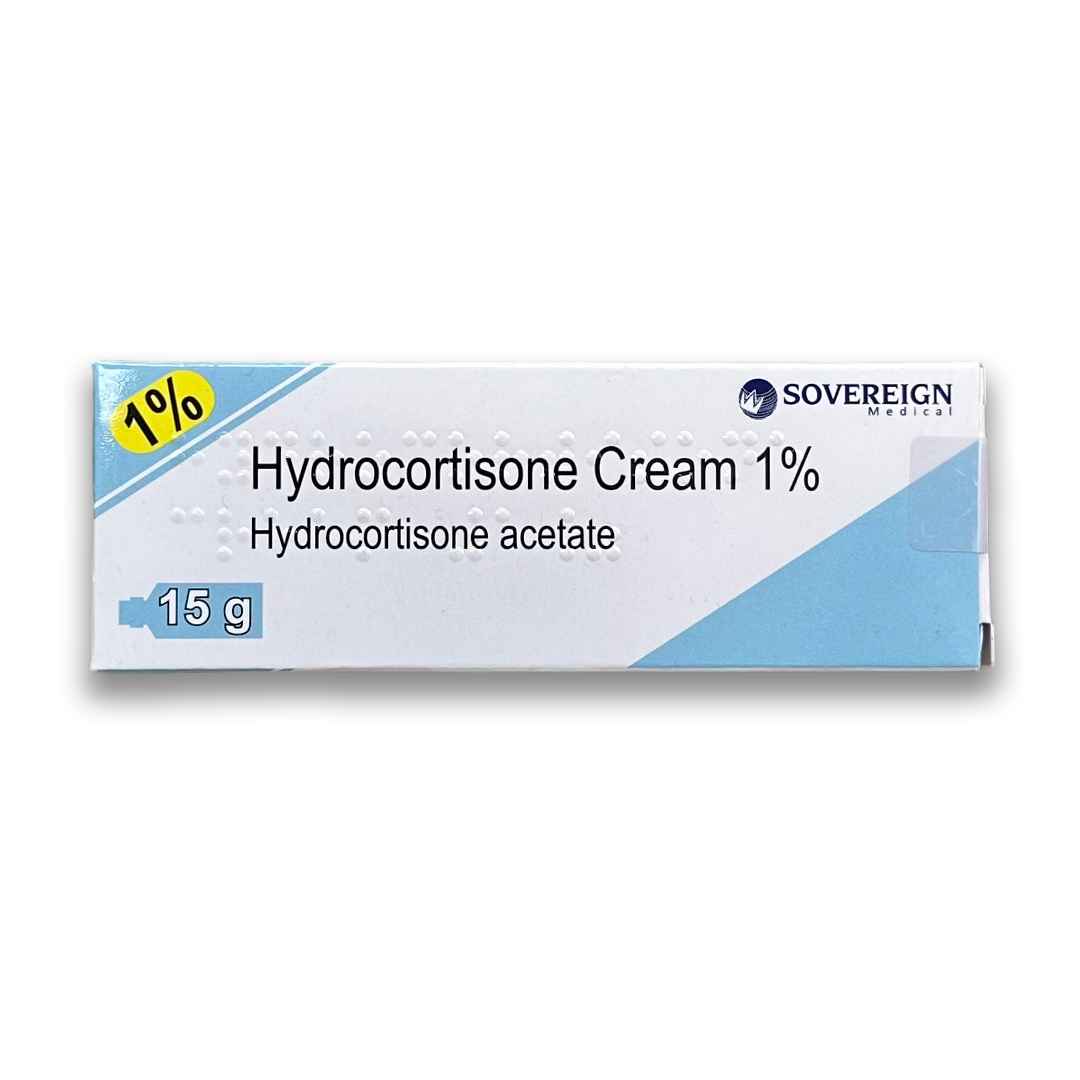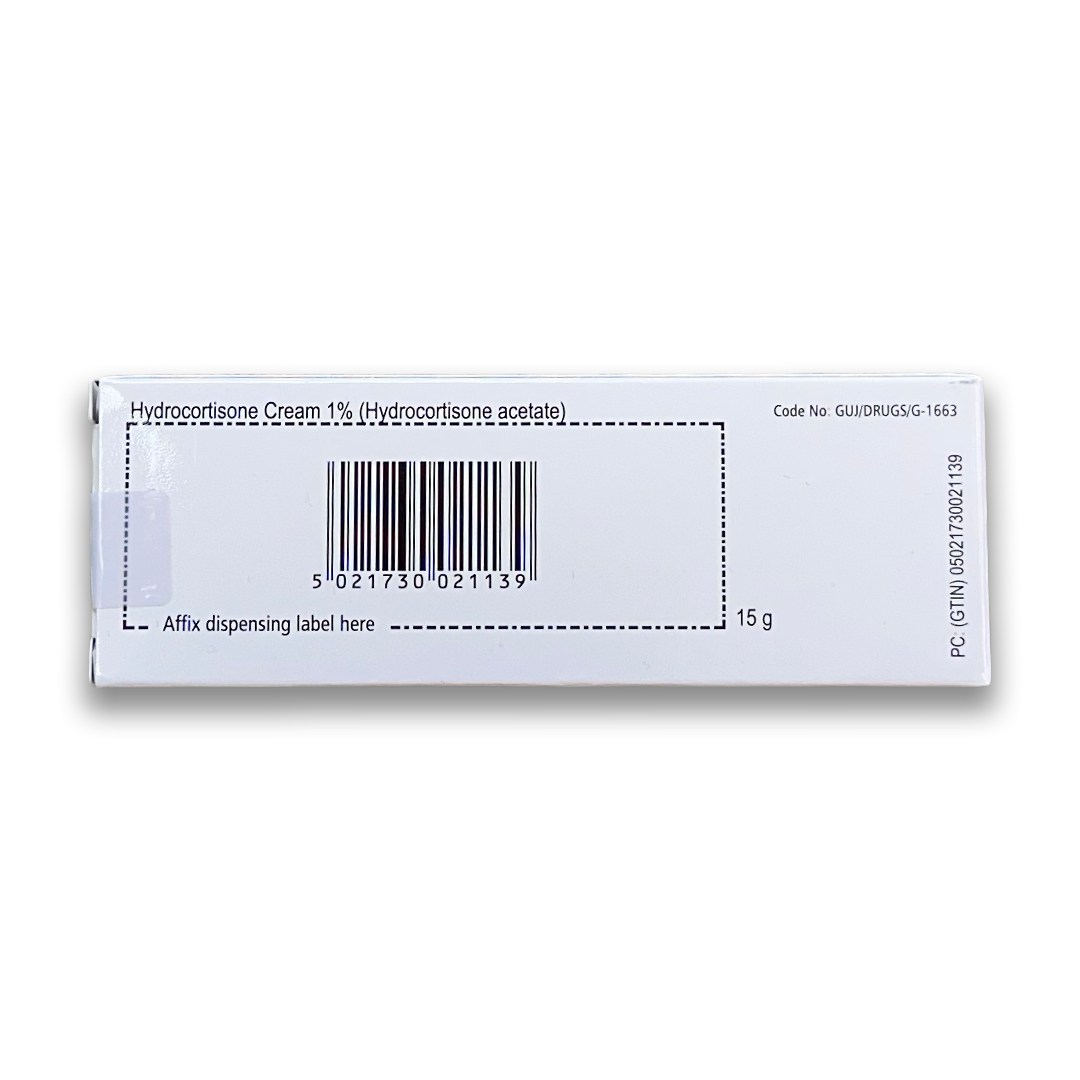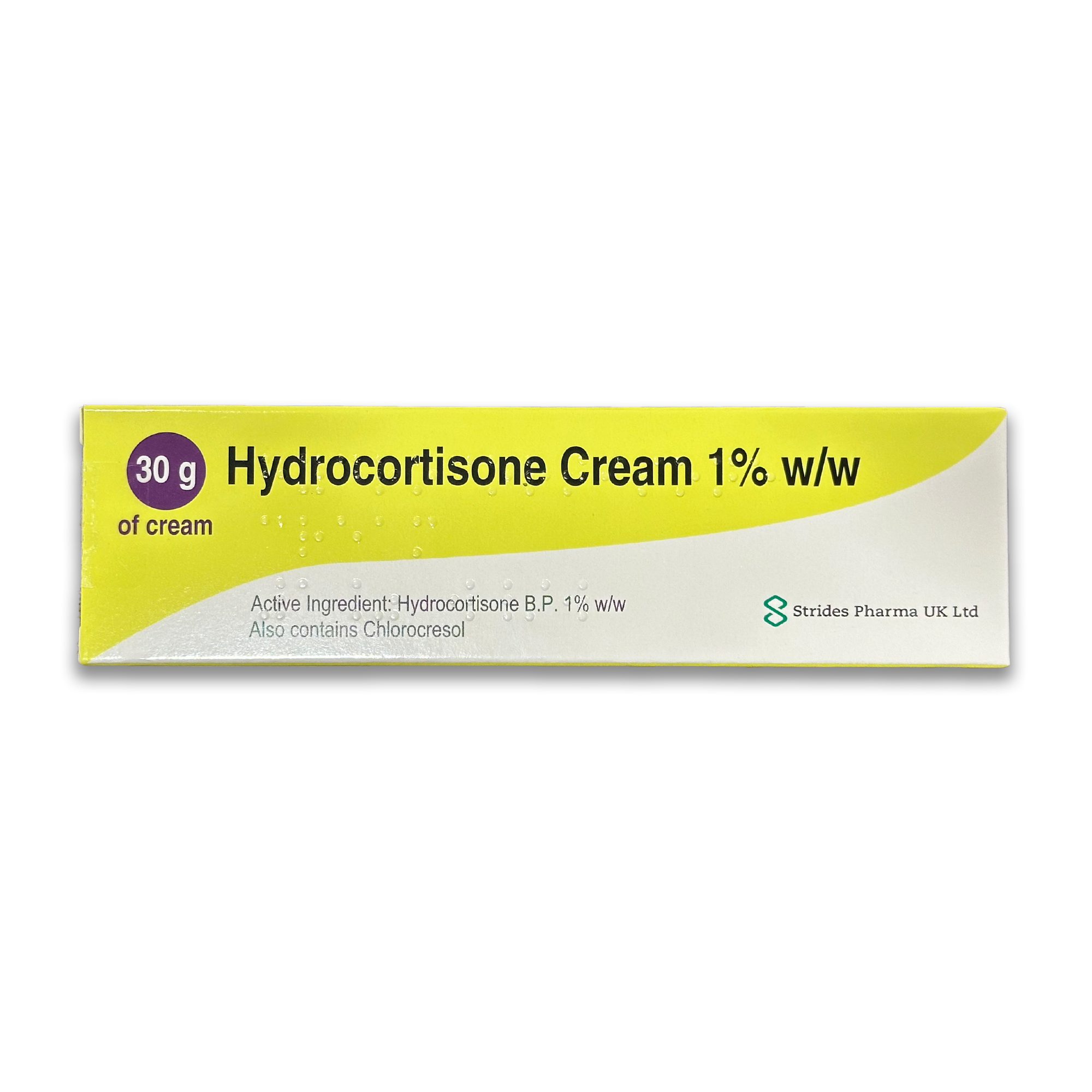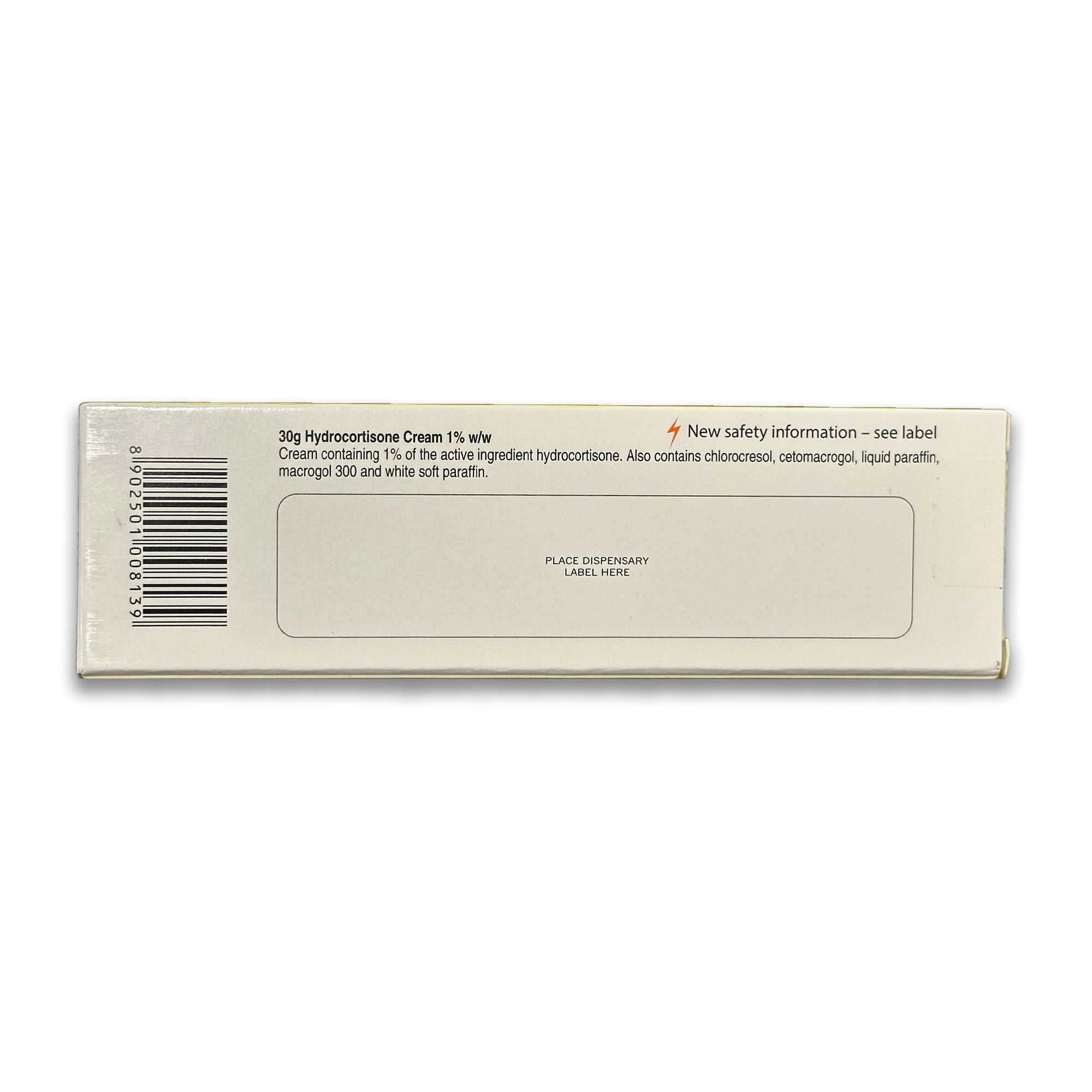Hydrocortisone 1% w/w Cream - (Brand May Vary)


About Local Anaesthetics
Cause
Diagnosis
Treatments
Prevention
Further Info:
FAQs
What are local anesthetics and how do they work?
What are the common uses for local anesthetics?
Are there any potential side effects or risks associated with local anesthetics?
Can I use over-the-counter (OTC) topical anesthetics as a substitute for prescription local anesthetics?
We are here to help 👋
For assistance, please contact our customer service at info@rightangled.com. We are available Monday to Friday from 8 am to 5 pm. For urgent issues, please do not use this email. Instead, call 111, or dial 999 in case of an emergency.

